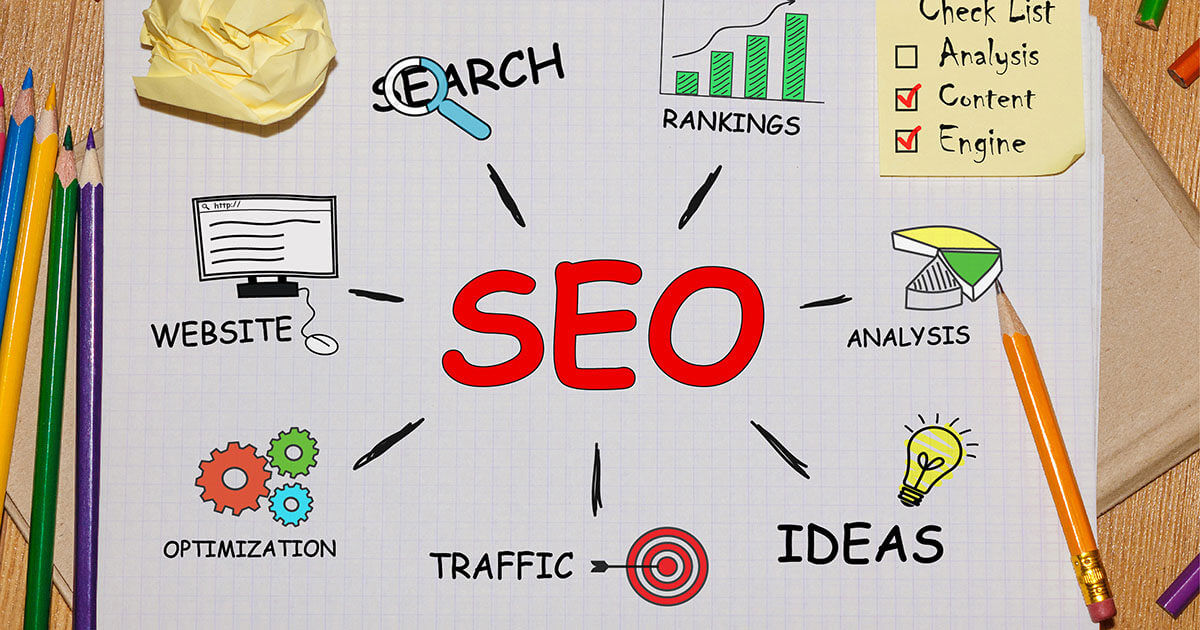Why should I worry about this? If you want to sell more products, you have to advertise them. Advertising costs money. Companies spend hundreds of thousands of dollars each year to reach potential customers with their message. Digital Marketing helps businesses save money.
How it’s working?
The Internet connects millions of people around the world. If someone wants to buy something, they enter keywords related to their interest in the search engine. The company’s website appears at the top of the list. When customers click on the company name, they go to the website. The purpose of a website is to transform visitors into buyers.
Digital Marketing consists of three basic steps: planning, implementation and analysis. Planning is about deciding what type of campaign to target, to whom to target, and how much money to spend. Implementation means using tools to create a campaign. The analysis measures the results and makes adjustments based on those results.
Planning is the first step in any marketing strategy. Start by identifying what you want to achieve. Then decide if you want to do it yourself or hire a professional. Then choose the paid and free options. Finally, decide if you want to start small or large. Your role in digital marketing varies depending on the type of campaign you run. For example, if you’re marketing a product, you’ll likely play a greater role than if you’re just trying to drive traffic to your site.
Once you’ve decided what you want to do, you need to figure out where to start. There are several ways to digitally advertise your business. You can start with SEO, pay per click advertising, social media marketing, or content marketing. Each option has its own advantages and disadvantages. Decide which method is best for you. Once you find a good fit, stick to it.
Types of Internet
Marketing Internet Marketing (IM) is the marketing of products or services via electronic communication networks such as the internet or cell phones. The instant messaging industry includes online and offline advertising to reach consumers who want to buy what you sell. There are many forms of internet marketing, including Search Engine Optimization (SEO), Pay Per Click (PPC), Social Networking, Email Marketing, Web Analytics, eCRM, and more. An effective IM campaign includes developing an SEO strategy along with PPC campaigns to target key phrases specific to your audience, create content that attracts traffic, use site analytics tools to track performance, and maintain ongoing communication via social media platforms.
Search engine optimization (SEO) helps businesses increase their visibility on search engines such as Google, Bing, Yahoo! etc., effectively increasing their exposure and sales. Most companies use SEO because they know that people are using the internet to find information about local businesses. To rank high on Google, Bing, and Yahoo !, your site should have the right keywords that match your product or service. You can do this manually or automatically if you use a tool like SEMRush to research competitive keywords. By focusing on these keywords, you’ll get more traffic to your site and make sure potential customers find you.
Pay per click (PPC) is a type of internet advertising in which advertisers pay to place advertisements on certain websites. Advertisers bid on keywords to appear when users perform searches. These types of ads may appear above, below, or in the search results. PPC ads are cost-per-impression, which means that the advertiser only pays when the ad is clicked.
Social media sites are free sites that allow users to post comments, photos, videos, links, messages, blogs, and personal profiles. Many companies are now using social media to promote their products. Through social media, users share information, both good and bad, with others. If someone posted negative reviews about a company, prospective customers might not trust the company. Social media can help increase brand awareness as people already associate your brand with positive feedback. Consumers also value the opinions of friends, family members and peers. For this reason, companies should remember that some of their best strategies for promoting their brands include word of mouth.
Email marketing is one of the most powerful digital marketing tools for small businesses. It is inexpensive, easy to implement, and delivers immediate results. Emails allow you to connect and communicate directly with prospects, customers and customers. Unlike traditional advertising methods, emails ensure constant customer engagement. One of the biggest drawbacks is that e-mails are not widely read; however, marketers can use email newsletters and automated email messages to keep customers informed.
Web analytics software tracks visitors and tells us how visitors interact with our website. It shows how often users visit pages, what pages they browse, how long they stay on each page, and whether they post links elsewhere on the web. Without web analytics, we would never know how effective a particular website is in turning visitors into customers.
E-CRM stands for Corporate Customer Relationship Management. Companies use eCRM software to manage and automate various aspects of their marketing processes. The idea is to streamline the entire purchasing cycle, from identifying the right customer, engaging them, and closing the deal. ECRM systems can help companies analyze the data of current and former clients in order to learn about their interests and behavior patterns. In this way, the company can adapt its marketing strategies accordingly.







Leave A Comment